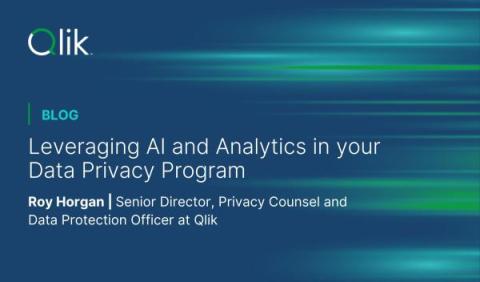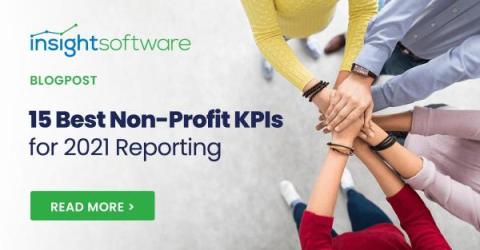Insightsoftware Named Top AI-Powered Business Intelligence Provider
The results are in – Logi Symphony by insightsoftware has been named as a top business intelligence (BI) solution in Info-Tech’s latest Data Quadrant Report. The report names the top seven BI providers for midmarket and enterprise businesses. This year, Info-Tech has turned its focus to BI solutions that implement artificial intelligence (AI) to drive informed decision-making. The report includes data from 4,241 end-user reviews to find the top BI software providers of 2024.








